Lavi de Atlan Hotel2 (라비드아틀란호텔2)
18.4Km 2024-12-22
37 , Gunam-ro, Haeundae-gu, Busan
+82-51-742-0700
Lavi de Atlan 2 is a 32-story hotel in Haeundae, Busan. Guests in the Superior and Deluxe rooms have a view of Haeundae’s vibrant skyline, while those in the Ocean or Corner Deluxe rooms have views of the sea from their balcony. The sky lounge and rooftop lounge offer more sea views. The hotel provides a rental service for cribs, wheelchairs, umbrellas, and multi-adapters. The location is convenient for touring nearby Dongbaekseom Island, Dalmaji Hill, and the Aquarium.
Hotel Libero (리베로호텔)
18.4Km 2021-03-08
21, Gunam-ro 29beon-gil, Haeundae-gu, Busan
+82-51-740-2111
Situated near Haeundae Beach, Hotel Libero opened in 1994 as Hotel Riviera Haeundae. The hotel features beautifully designed guestrooms, as well as a wedding hall, banquet room, restaurants, coffee shops, and high-speed internet connections in the business center. Moreover, the hotel is connected with a large department store for guests' shopping convenience.
Save Zone - Haeundae Branch [Tax Refund Shop] (세이브존 해운대점 [사후면세점])
18.4Km 2024-04-23
1F, 72, Singwang-ro, Jeju-si, Jeju-do
-
KOLON SEACLOUD HOTEL [Korea Quality] / 코오롱씨클라우드호텔 [한국관광 품질인증]
18.4Km 2021-09-03
287, Haeundaehaebyeon-ro, Haeundae-gu, Busan
+82-51-933-1000
As Busan’s first residence hotel, Seacloud Hotel is a 30-story building commanding a great view of Haeundae Beach. All the guestrooms are furnished with kitchenware and dishes for the guests to cook if they so desire. The first through third floors are called the "Shopping Arcade" with numerous restaurants, Thai massage parlor, and convenience store. This residence hotel has a total of 209 Superior, Deluxe, and Executive Suite Rooms, all of which offer a view of Haeundae Beach and the blue ocean. One of the advantages of staying at this residence hotel is that all the guestrooms overlook Haeundae Beach and the sea. All the rooms are a free Wi-Fi zone. Other amenities include outdoor swimming pool, Jacuzzi, and fitness room overlooking Haeundae Beach as well as laundry service, 24-hour security system, and large parking lot. It's a 50-minute shuttle bus ride from Gimhae Airport, a 50-minute taxi ride from Busan Station, and within a 5-minute walk from Haeundae Station on Busan Metro Line 2.
Ilbeonji Jagalchi Sangomjangeo (일번지자갈치산곰장어)
18.4Km 2019-11-19
12, Gunam-ro 41beon-gil, Haeundae-gu, Busan
+82-51-743-5340
Located in Haeundae Market, Ilbeonji Jagalchi Sangomjangeo offers dishes made with eel including yangnyeom gui, sogeum gui, and tong gui as well as eels roasted with a briquet fire upon request.
Olive Young - Busan Bugok DI Branch [Tax Refund Shop] (올리브영 부산부곡DI점)
18.4Km 2024-06-27
1722, Jungang-daero, Geumjeong-gu, Busan
-
Busan Haeundae Market (부산 해운대시장)
18.4Km 2024-11-11
22-1 Gunam-ro 41beon-gil, Haeundae-gu, Busan
+82-51-746-3001
Busan Haeundae Market is a popular market most often visited during vacation seasons due to the fact that it is conveniently located near Haeundae Beach. There are many things to see and buy as well as much to eat as the market offers a wide range of products for sale. Fresh vegetables, meat and seafood are available at low prices as well.
◎ Travel information to meet Hallyu’s charm – TV series “Strong Girl Nam-soon”
Nam-soon and her Mongolian mother explored Haeundae Market, often known as “Sea Eel Alley,” where the smell of grilled sea eel fills the air at every corner. With fresh seafood to taste and the beach just a short walk away, this bustling market radiates vibrant energy year-round.
Grand Josun Busan (그랜드 조선 부산)
18.5Km 2022-06-08
292, Haeundaehaebyeon-ro, Haeundae-gu, Busan
Grand Josun Busan, where Josun Hotel has accumulated and developed capabilities and experiences with customers for the past 100 years, provides a world-class hotel experience through exploration and innovation of the essence of the hospitality industry. Guests can experience the best comfort and maximum pleasure during their stay in the magnificent 17-meter-high atrium and the dazzling Haeundae Beach, nature, and color of the city. The unique dining of Aria, Palais De Chine, Lounge & Bar, and Josun Deli adds to the pleasure of gourmet food, and the three banquet halls on the 5th floor can be used for various purposes, such as VIP invitation events and weddings. There is also a kids room, where guests can feel a differentiated luxury in a design that considers children, and is designed with the theme of the sea, forest, and sky, stimulating the imagination and curiosity of children.
Sanggukine (상국이네)
18.5Km 2020-05-29
40-1, Gunam-ro 41beon-gil, Haeundae-gu, Busan
+82-51-742-9001
Located in Haeundae Market, Sanggukine presents tteokbokki made with chewy rice cakes and the taste of real fish cake.
Leica Camera - Haeundae Branch [Tax Refund Shop] (라이카카메라 해운대)
18.5Km 2024-04-17
BMWMINI Bldg., 299, Haeundaehaebyeon-ro, Haeundae-gu, Busan
-
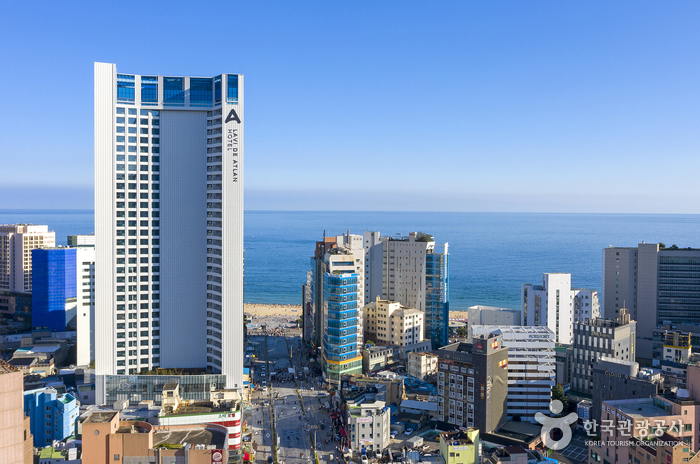

![Save Zone - Haeundae Branch [Tax Refund Shop] (세이브존 해운대점 [사후면세점])](http://tong.visitkorea.or.kr/cms/resource/74/2885674_image2_1.jpg)
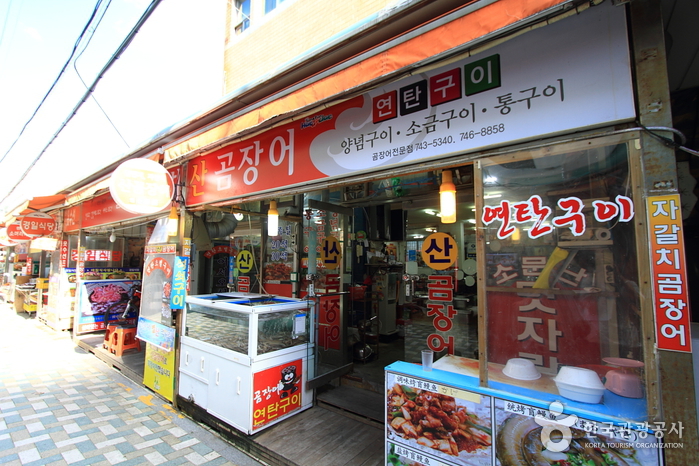
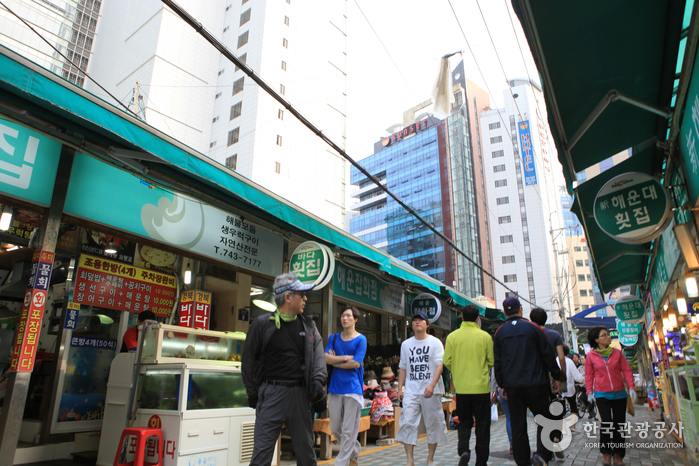
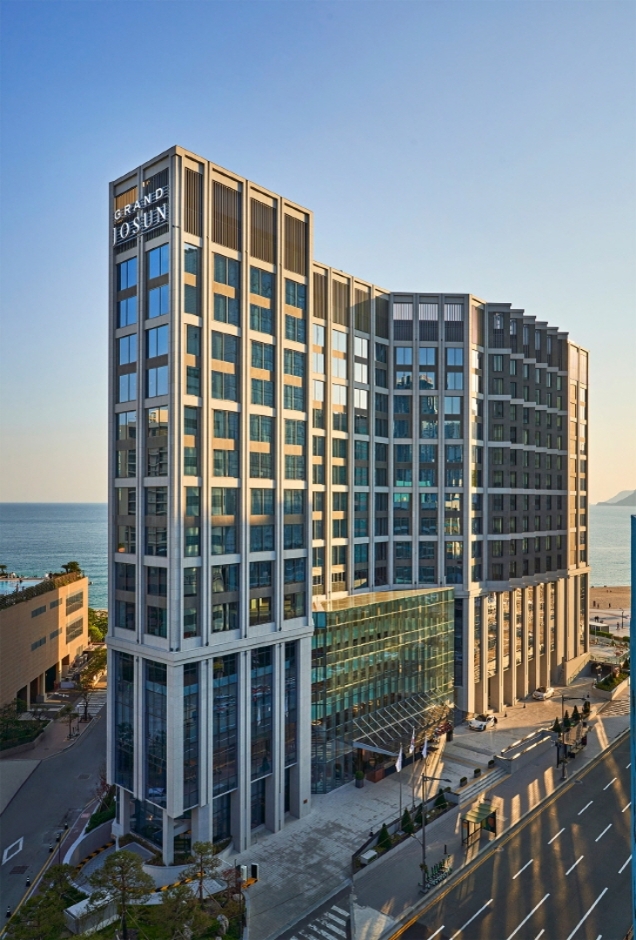
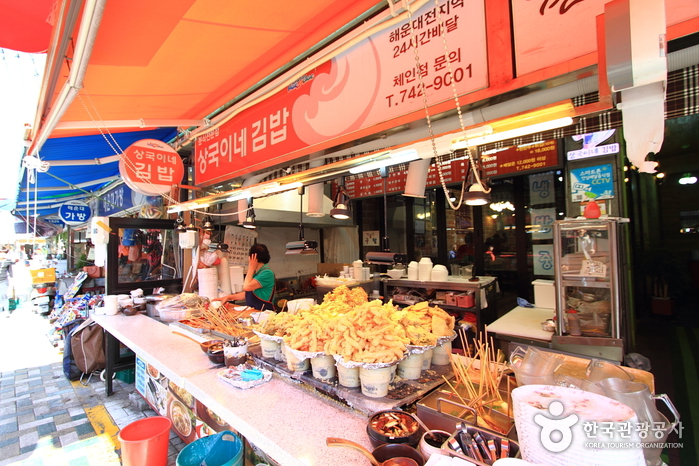
![Leica Camera - Haeundae Branch [Tax Refund Shop] (라이카카메라 해운대)](http://tong.visitkorea.or.kr/cms/resource/60/2885660_image2_1.jpg)
 English
English
 한국어
한국어 日本語
日本語 中文(简体)
中文(简体) Deutsch
Deutsch Français
Français Español
Español Русский
Русский